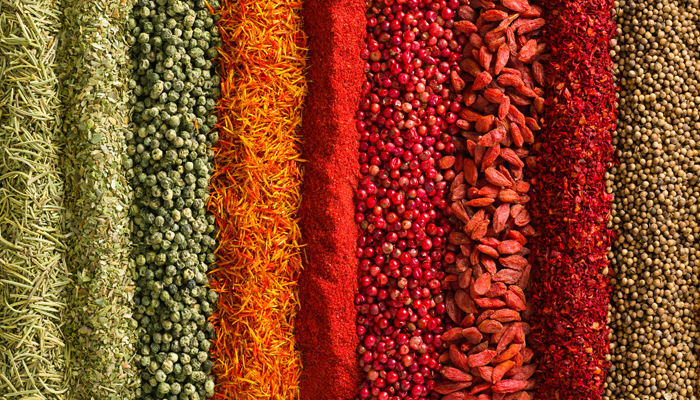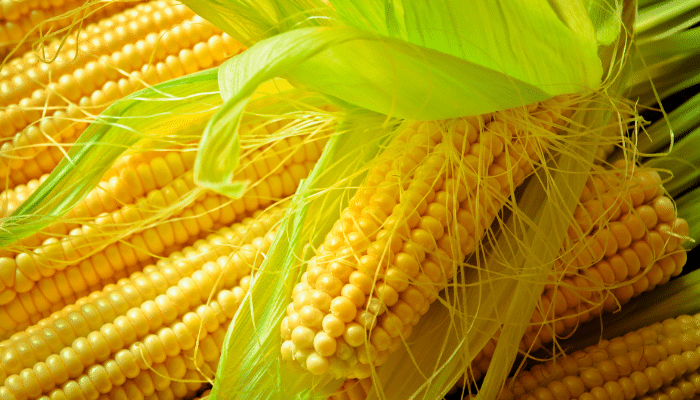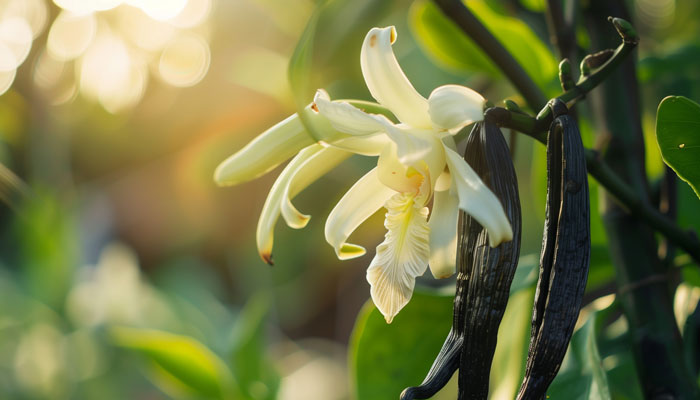

The Phytocontrol Laboratory takes up the challenge of monitoring the emergence of titanium dioxide (TiO2) through a specific and innovative analysis allowing the characterization of inorganic nanomaterials.
This neo-contaminant, referred to as E171, is a food additive used as a colouring agent in many food products such as confectionery, pastry and ready meals. It is a mixture of titanium dioxide (TiO2) particles in dispersed, aggregated or agglomerated form, the size of which varies from a few dozen to several hundred nanometers.
The French Government recently issued a press release informing of the decision to ban the placing on the market of foodstuffs containing titanium dioxide as from 1 January 2020.
The Phytocontrol solution
Phytocontrol has developed a fast and innovative analytical method to detect and characterize titanium dioxide nanoparticles using its latest generation technology. Indeed, the laboratory is able to research and quantify the particle size distribution of these nanoparticles using the ICP-MS Single Particle (SP) technique. To meet regulatory recommendations, the laboratory will determine the median diameter, the average diameter, the percentage of nanoparticles below 100 nm, but also the most frequent diameter observed, D10 and D90, and the size distribution. This support for the interpretation of the results will allow us to draw clear conclusions about the presence of nanoparticles.
Do not hesitate to contact your local agency for any technical, pricing or regulatory questions.
Est-ce que l'article vous a été utile?
Note moyenne 0 / 5. Nombre de votes : 0
Aucun vote pour l'instant ! Soyez le premier à évaluer cet article.




